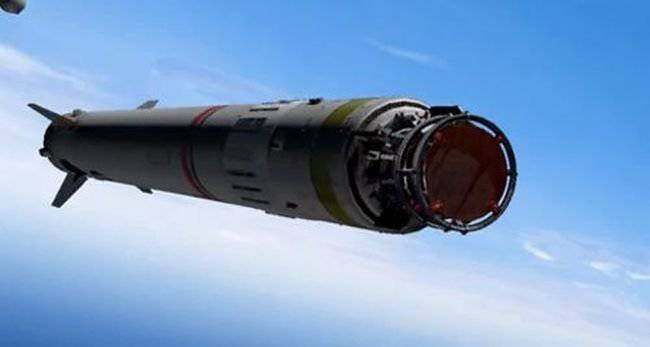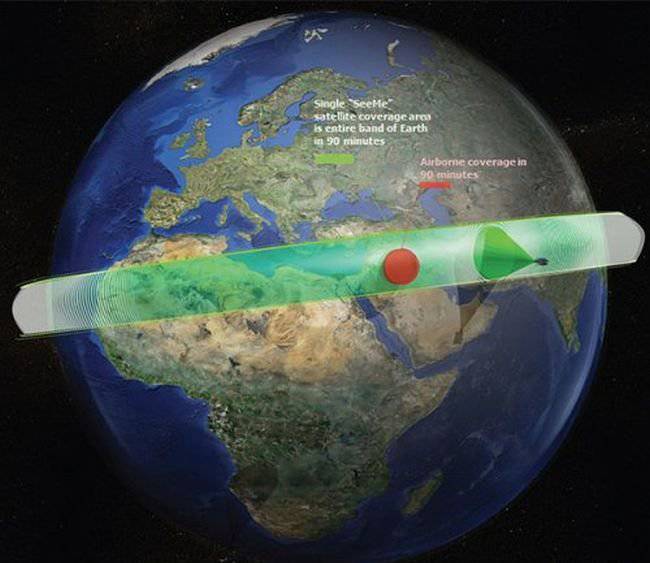Individual reconnaissance missions of the “SeeMe” system for combat units
- carrier rocket. The size of the carrier should not be much larger than the size of standard missiles, which are mounted on the suspension of combat aircraft. The launch vehicle can also be installed in civil courts;
- small observational satellites. They must be provided with high-resolution optics to accomplish the task - to transmit information in real time to the end user;

There can be several dozens of satellites in one launch vehicle, depending on the purpose of the SeeMe system. The aircraft, equipped with the “SeeMe” system, rises into the sky, gains the necessary height - it reaches the set point. After that, it launches a carrier rocket with satellites on board, which goes to the upper atmosphere. The carrier reaches a given orbit and after reaching a given region, the observational satellite of a small size separates from it and begins to observe in a given region for 1.5 hours. The received data from the satellite will be transmitted directly to the combat unit that requested the launch on an individual observation satellite.

Thus, the SeeMe individual surveillance system can, at any time, at the request of the “simple soldier”, issue in real time the necessary information for a given area, which will make it possible to effectively apply the necessary tactics of combat operations. According to the requirements of “DARPA”, “SeeMe” should have full compatibility with satellites working in orbit and work on it 2-3 a month after going into orbit to perform the primary tasks. The delivery method of intelligence satellites may differ from the one proposed by DARPA, for example, you can use the Airport Launch Assist Space Access system for satellite delivery. The system can deliver to space the cargo of any destination weighing up to 45 kilogram. The emphasis in creating the system is done first of all on the economical component, because the military budget of the United States has already exceeded 80 billion dollars. It is expected that by 2015, the United States will be able to deploy a network from the SeeMe satellite system in the number of 25 units. Estimated cost of one satellite is half a million dollars. Theoretically, after a request to deploy a satellite from a combat unit, the reconnaissance satellite can transmit the first information in less than 1.5 hours after receiving the request.
Information sources:
http://www.dailytechinfo.org/military/3623-sistema-seeme-pozvolit-soldatam-operativno-zapuskat-sputniki-nablyudeniya-v-sluchae-neobhodimosti.html
http://warfiles.ru/show-7439-sistema-seeme-pozvolit-soldatam-operativno-zapuskat-sputniki-nablyudeniya-v-sluchae-neobhodimosti.html
http://www.youtube.com/watch?feature=player_embedded&v=n0OmIK43iBk
Information